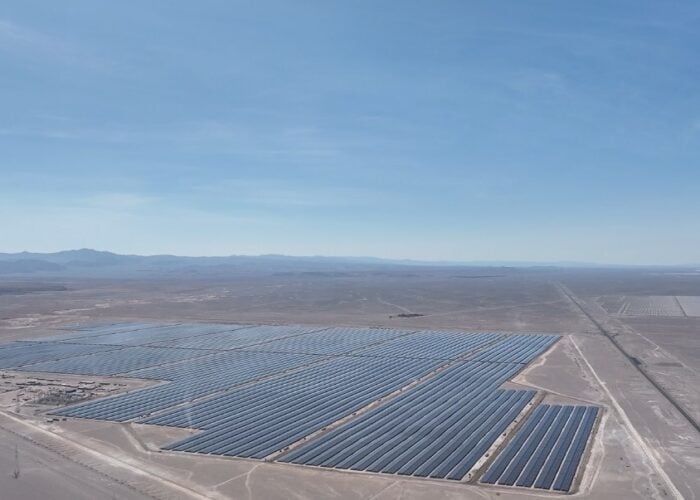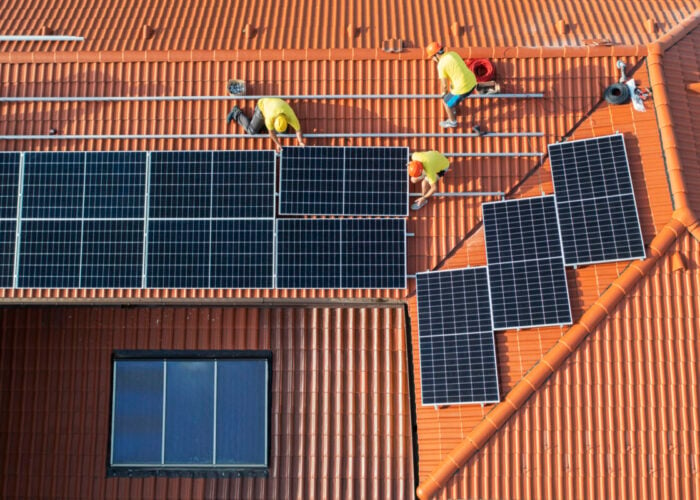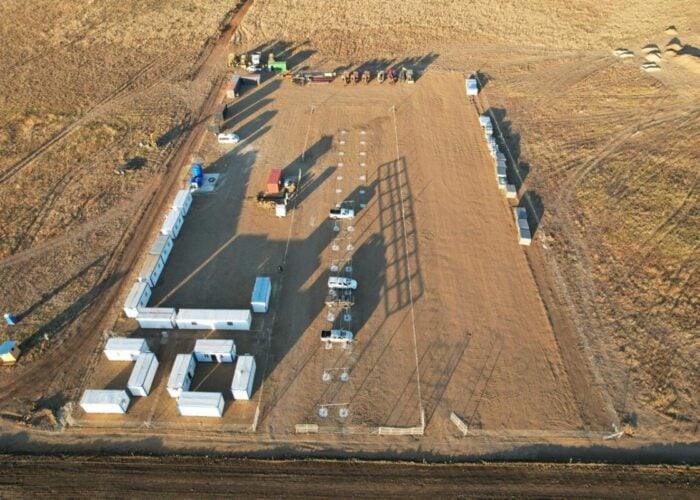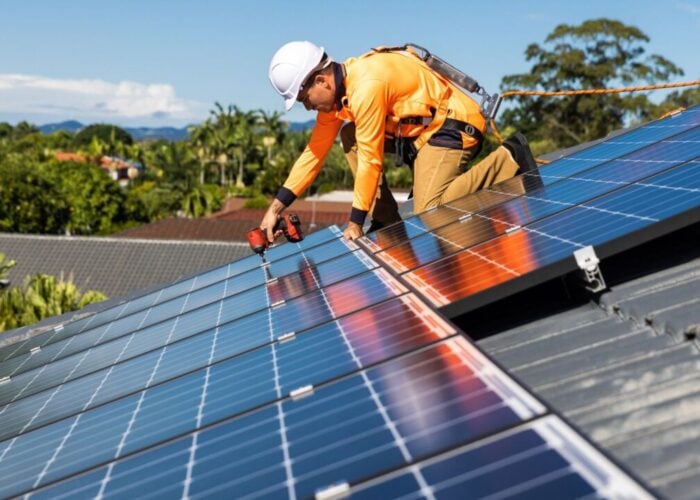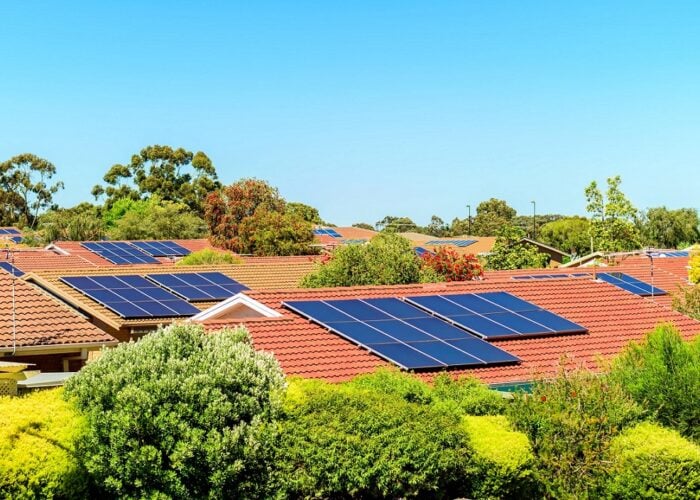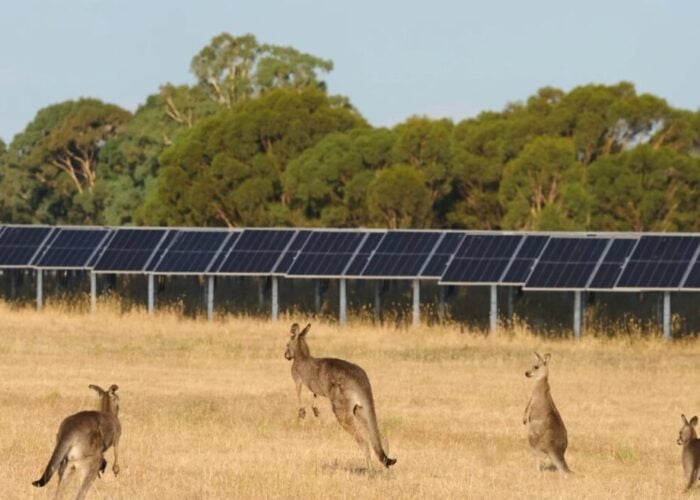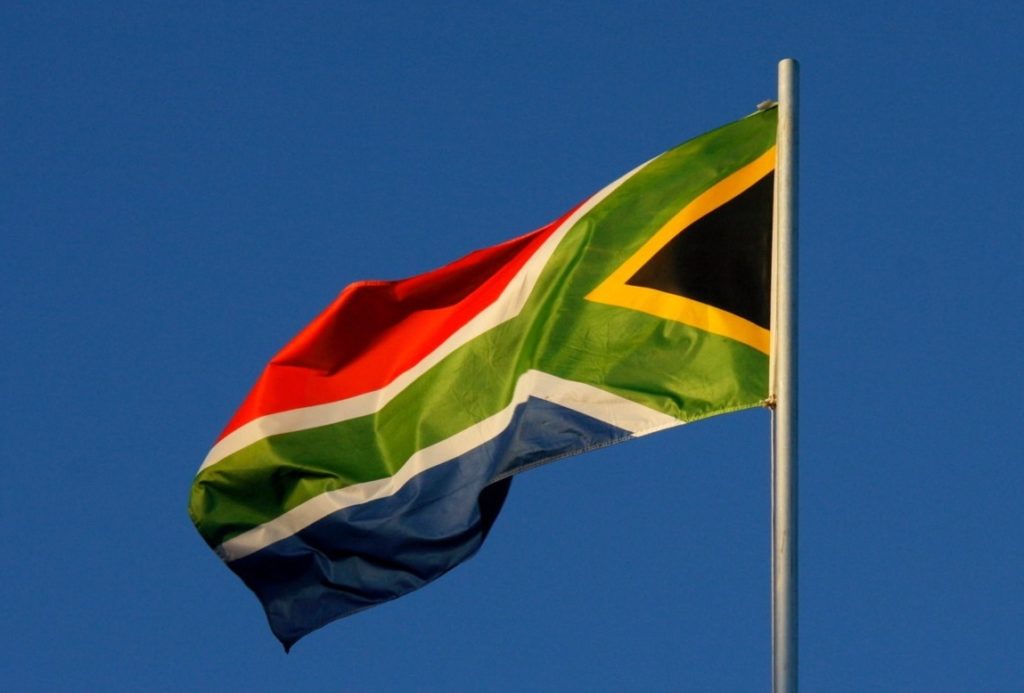
South Africa’s government has unveiled a raft of measures to bolster the deployment of renewables in the country as it responds to a growing energy crisis.
The government is to remove a licensing exemption threshold for embedded generation and introduce a feed-in tariff (FiT) mechanism for rooftop solar as it seeks to hand more power to private power generators to respond to shortfalls of electricity.
Unlock unlimited access for 12 whole months of distinctive global analysis
Photovoltaics International is now included.
- Regular insight and analysis of the industry’s biggest developments
- In-depth interviews with the industry’s leading figures
- Unlimited digital access to the PV Tech Power journal catalogue
- Unlimited digital access to the Photovoltaics International journal catalogue
- Access to more than 1,000 technical papers
- Discounts on Solar Media’s portfolio of events, in-person and virtual
In an address to the nation yesterday (25 July), South Africa’s president Cyril Ramaphosa unveiled the actions his government will take to tackle the energy crisis the country has been facing in the past weeks with daily power cuts.
One year after South Africa had increased the minimum licensing exemption for embedded generation from 1MW to 100MW, Ramaphosa has announced the complete removal of a licensing threshold in an attempt to increase private investments in electricity generation.
“While they will not require licences, all new generation projects will still have to register with the regulator and comply with the technical requirements for grid connection and our environmental legislation,” said Ramaphosa.
In order to accelerate the completion of solar PV projects, which can take more than three years according to the president, South Africa’s parliament will look into reducing regulatory requirements in areas of low and medium environmental sensitivity for a limited time period.
Another measure presented by the president Ramaphosa will be to support the uptake of rooftop solar by businesses and home owners through the introduction of a FiT.
“There is significant potential for households and businesses to install rooftop solar and connect this power to the grid.”
The public utility Eskom will develop a FiT for commercial and residential installations on its network that would incentivise owners of solar panels to sell to the grid the surplus power generated and would alleviate the current lack of electricity generation.
Moreover, the solar and wind capacity for the sixth bidding round of South Africa’s Renewable Energy Independent Power Producers Procurement Programme (REIPPPP) has been doubled from 2.6GW to 5.2GW, with a request for proposal for battery storage to come by September this year.
While winning renewable energy projects from the fifth round will be ensured to start production according to its schedule.
“This includes taking a pragmatic approach to the local content requirements for these projects, prioritising the need to build new capacity as quickly as possible,” added Ramaphosa.
Eskom to buy surplus capacity to IPPs and invest in renewables
Furthermore, the public utility will be constructing its first solar and co-located battery storage projects in Komati, Majuba, Lethabo and other several power stations with a total capacity over 500MW to be added to the grid.
The utility has made land available near its power stations in Mpumalanga for the development of renewable projects that could add a further 1.8GW of installed capacity with more land to be available around the country for that purpose.
In the meantime, Eskom will resort to buy “surplus capacity” from independent power producers (IPP) as well as from private generators – mines, paper mills, shopping centres and other private entities – in order to address the shortage of electricity currently happening in South Africa.
Despite an installed capacity of 46GW in South Africa, with a peak usage of 32GW of electricity, only 60% of installed capacity is available at any given time, due to planned maintenance and an old infrastructure, according to the president.
In the past weeks, the country has faced with an electricity shortage of up to 6GW and with 18GW of generation capacity being lost, an issue that has been present for several months already as explored in our PV Tech Premium piece about solar in South Africa.
Finally, South Africa will have broader reforms in its electricity market with the finalisation of the Electricity Regulation Amendment Bill that will enable the private sector to invest in new generation capacity.
“The measures I have outlined are not just to address our immediate constraints. Our ultimate objective is to achieve long-term energy security, so that we never have to experience an electricity shortage again,” said Ramaphosa.

